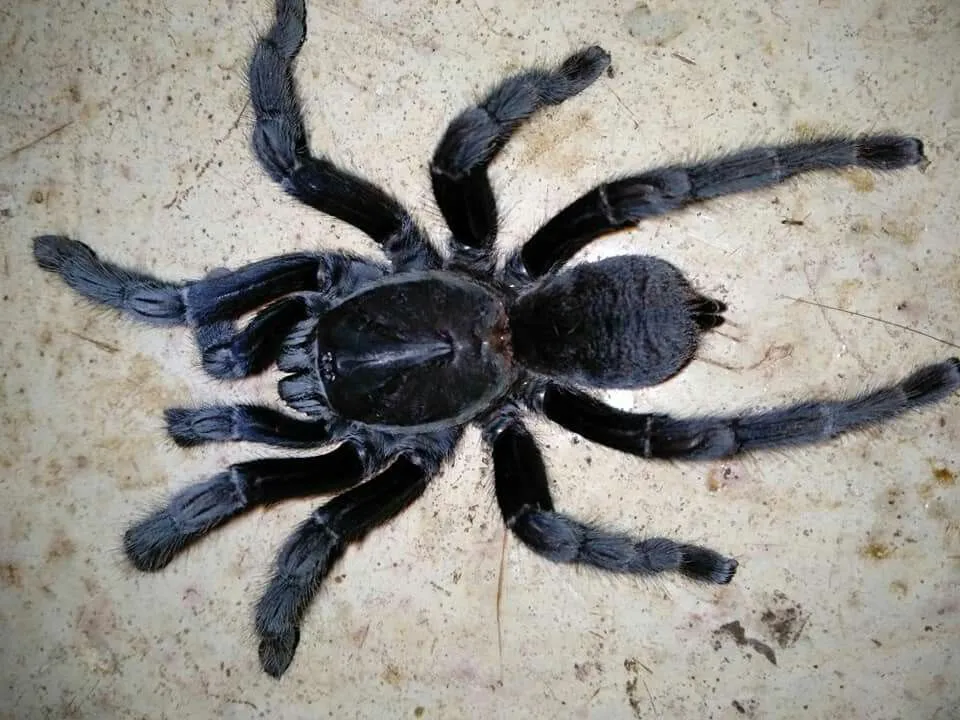What is Hair Flicking in Mexican Red Knee Tarantulas?
The Mexican Red Knee Tarantula, a popular pet tarantula, utilizes a unique defense mechanism known as hair flicking. This behavior involves the tarantula using its hind legs to flick urticating hairs, which are barbed hairs located on its abdomen, towards a perceived threat. These hairs are designed to irritate the skin and eyes of potential predators, providing the tarantula with a means of protection. Understanding hair flicking is crucial for responsible tarantula ownership and ensuring the well-being of your pet. Observing this behavior provides valuable insights into the tarantula’s comfort levels and overall health. Recognizing when a tarantula might resort to this defense mechanism can help you adjust their environment or handling practices to reduce stress and promote a healthier living situation.
Understanding the Purpose of Hair Flicking
Hair flicking serves a dual purpose for the Mexican Red Knee Tarantula providing both a defensive and an irritant mechanism. It is primarily a defensive strategy employed when the tarantula feels threatened or perceives danger. The flicking of urticating hairs is a warning sign, signaling the tarantula’s discomfort and prompting the potential threat to back off. This behavior is not always a sign of aggression but can also be a reaction to environmental stressors or perceived irritations. The hairs themselves are designed to cause physical discomfort, further deterring any potential threats. The barbed nature of these hairs ensures they embed themselves in the skin, causing itching and irritation, which acts as an effective deterrent against predators or perceived threats.
Defensive Behavior
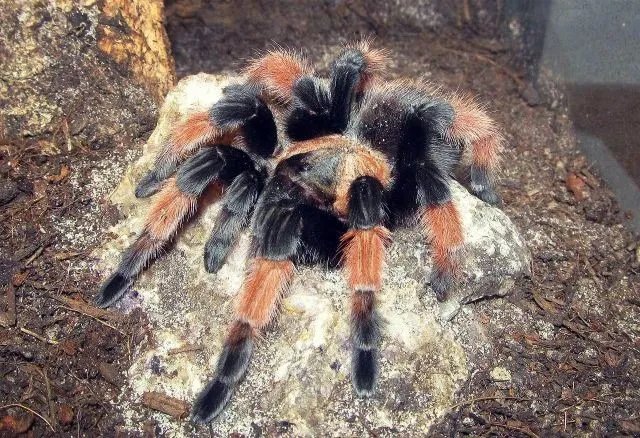
Hair flicking is fundamentally a defensive behavior. When a Mexican Red Knee Tarantula feels cornered, threatened, or startled, it will use hair flicking as its first line of defense. It is a less risky option than biting, allowing the tarantula to protect itself from a distance. The flicking action can be quite rapid and precise, targeting the perceived threat with a cloud of irritating hairs. This behavior is a clear indication that the tarantula feels unsafe and is trying to create distance between itself and the perceived danger. Providing a secure and stress-free environment is essential to minimize the need for this defensive behavior. Understanding this helps in interpreting the tarantula’s actions and responding appropriately, ensuring both the safety of the tarantula and the handler.
Irritation and Stress
Beyond defense, hair flicking can also be a sign of irritation or stress in Mexican Red Knee Tarantulas. Various factors, such as poor habitat conditions or frequent disturbances, can cause the tarantula to feel stressed, leading to the use of hair flicking. The hairs themselves cause significant irritation upon contact, serving not only as a deterrent but also as a signal of the tarantula’s discomfort. This can be a response to external stimuli, such as loud noises, sudden movements, or a poorly designed enclosure. Excessive hair flicking can indicate an underlying issue that needs to be addressed to ensure the tarantula’s well-being. Monitoring the tarantula’s behavior and the conditions in its enclosure can help identify and eliminate these stressors, fostering a healthier and more comfortable environment for the pet.
Common Triggers for Hair Flicking
Several factors can trigger hair flicking in Mexican Red Knee Tarantulas. Recognizing these triggers allows owners to make necessary adjustments to prevent the behavior and ensure the tarantula’s comfort. These triggers often relate to the environment the tarantula lives in and the ways it is handled. Understanding these triggers is the first step to a calmer, healthier tarantula. These elements can often be managed through mindful care practices.
Environmental Factors
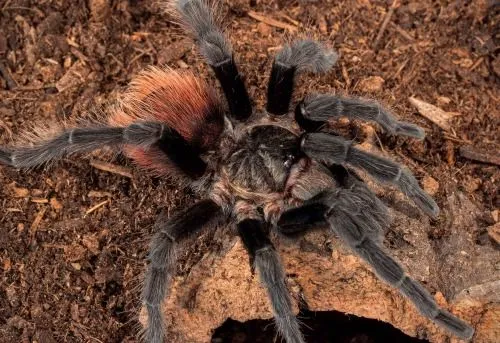
Environmental factors play a significant role in triggering hair flicking. Conditions within the enclosure, such as improper habitat setup, can cause stress, leading to the tarantula feeling the need to defend itself. These conditions can range from inappropriate temperature and humidity levels to a lack of suitable hiding places or a substrate that isn’t conducive to burrowing. Constant exposure to stressful environmental conditions makes the tarantula more likely to exhibit defensive behaviors like hair flicking. Creating a well-designed and appropriately maintained habitat is crucial for minimizing stress and promoting a calm demeanor in your tarantula. Proper environmental conditions support overall health and reduces stress levels which helps them thrive.
Poor Habitat Setup
A poorly designed habitat is a common cause of stress in Mexican Red Knee Tarantulas. The enclosure should be appropriately sized and well-ventilated. It should include essential features such as a hide, a water dish, and a substrate that allows the tarantula to burrow. A lack of these essential elements or a cage that is too small can make the tarantula feel exposed and insecure, leading to hair flicking. The enclosure should mimic the tarantula’s natural habitat. Ensuring a stimulating and secure environment is crucial for preventing stress-related behaviors. A thoughtfully designed habitat not only reduces the likelihood of hair flicking but also contributes to the overall well-being and happiness of the tarantula.
Temperature and Humidity
Maintaining the correct temperature and humidity levels within the enclosure is crucial for the health and well-being of the Mexican Red Knee Tarantula. Incorrect temperature or humidity can cause stress and lead to the tarantula exhibiting defensive behaviors such as hair flicking. Temperature and humidity levels must align with the tarantula’s natural environment to prevent unnecessary stress. Monitoring these conditions regularly and making adjustments as needed can significantly reduce the likelihood of hair flicking. Consistent monitoring is essential for ensuring the tarantula remains comfortable and healthy, as these elements directly impact the tarantula’s overall health.
Handling and Disturbances

Handling and frequent disturbances are significant triggers for hair flicking. Excessive handling or unexpected interactions can make the tarantula feel threatened, prompting it to defend itself. Tarantulas are generally not social creatures and do not enjoy being handled, so minimizing handling is a key aspect of responsible tarantula ownership. Loud noises or sudden movements near the enclosure can also startle the tarantula, causing it to flick hairs. Allowing the tarantula to acclimate to its environment without unnecessary interruptions is crucial for preventing stress and hair flicking. Creating a calm and predictable environment is essential for the tarantula’s well-being and can significantly reduce the chances of defensive behaviors.
How to Prevent Hair Flicking
Preventing hair flicking in Mexican Red Knee Tarantulas involves creating a comfortable and stress-free environment. This includes optimizing the habitat and employing safe handling practices. By addressing these key areas, owners can significantly reduce the likelihood of their tarantula resorting to this defensive behavior. By implementing these preventative measures, the tarantula can thrive in a safe and healthy environment. Prevention is the most effective way to ensure the tarantula’s well-being and foster a positive relationship between the owner and the pet.
Improving Habitat Conditions
Improving habitat conditions is essential for preventing hair flicking. Ensuring the enclosure meets the tarantula’s needs, providing a secure, comfortable, and stimulating environment, will help reduce stress and defensive behavior. This means paying close attention to various aspects of the tarantula’s living space. Implementing these improvements will contribute to the overall well-being and health of the tarantula. This also creates a safer and more enjoyable experience for both the tarantula and its owner.
Proper Enclosure Setup
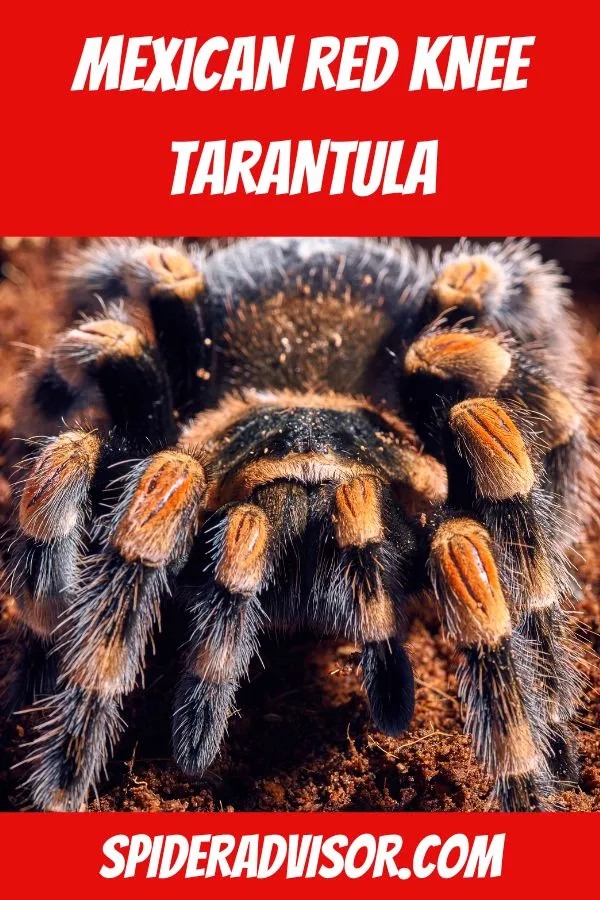
A proper enclosure setup is critical to the well-being of the Mexican Red Knee Tarantula. The enclosure should be appropriately sized, taking into account the tarantula’s size and growth potential. It should include a secure lid to prevent escapes and adequate ventilation to maintain air quality. The substrate should be appropriate for burrowing and moisture retention, such as a mix of coco fiber, peat moss, and vermiculite. The enclosure should also have a hide, such as a piece of cork bark or a pre-made hide, to provide a secure retreat where the tarantula can feel safe. Providing ample space, a suitable substrate, and a hide allows the tarantula to exhibit its natural behaviors and reduces stress. These environmental enrichments promote a comfortable and stress-free environment, minimizing the need for defensive behaviors like hair flicking. Additionally, the right enclosure setup provides a stimulating environment, which is crucial for the overall health and happiness of the tarantula.
Maintaining Optimal Humidity and Temperature
Maintaining the correct temperature and humidity levels is vital for the health of the Mexican Red Knee Tarantula. The ideal temperature range is typically between 75-85°F (24-29°C), which can be maintained using a heat lamp or a heat mat. Humidity levels should be kept between 60-70%, which can be achieved by misting the enclosure with water and using a hygrometer to monitor the levels. Regular monitoring and adjustments are essential to prevent stress. Fluctuations in these parameters can lead to health problems and behavioral issues. By paying close attention to these details, you are ensuring the tarantula is as comfortable as possible and less prone to defensive behaviors like hair flicking.
Safe Handling Practices
Practicing safe handling is paramount for preventing hair flicking and ensuring the tarantula’s well-being. Generally, it is recommended to minimize handling to reduce stress. If handling is necessary, it should be done slowly and cautiously, allowing the tarantula to acclimate to your presence. Never approach the tarantula from above, as this can trigger its defensive instincts. Always wash your hands thoroughly before and after handling the tarantula to avoid transferring any substances that could irritate its sensitive hairs. Creating a secure environment minimizes the chances of defensive actions and provides a safer environment for both the tarantula and the handler. A respectful and informed approach to handling is crucial for building a positive relationship with your tarantula and fostering its trust.
Minimizing Disturbances
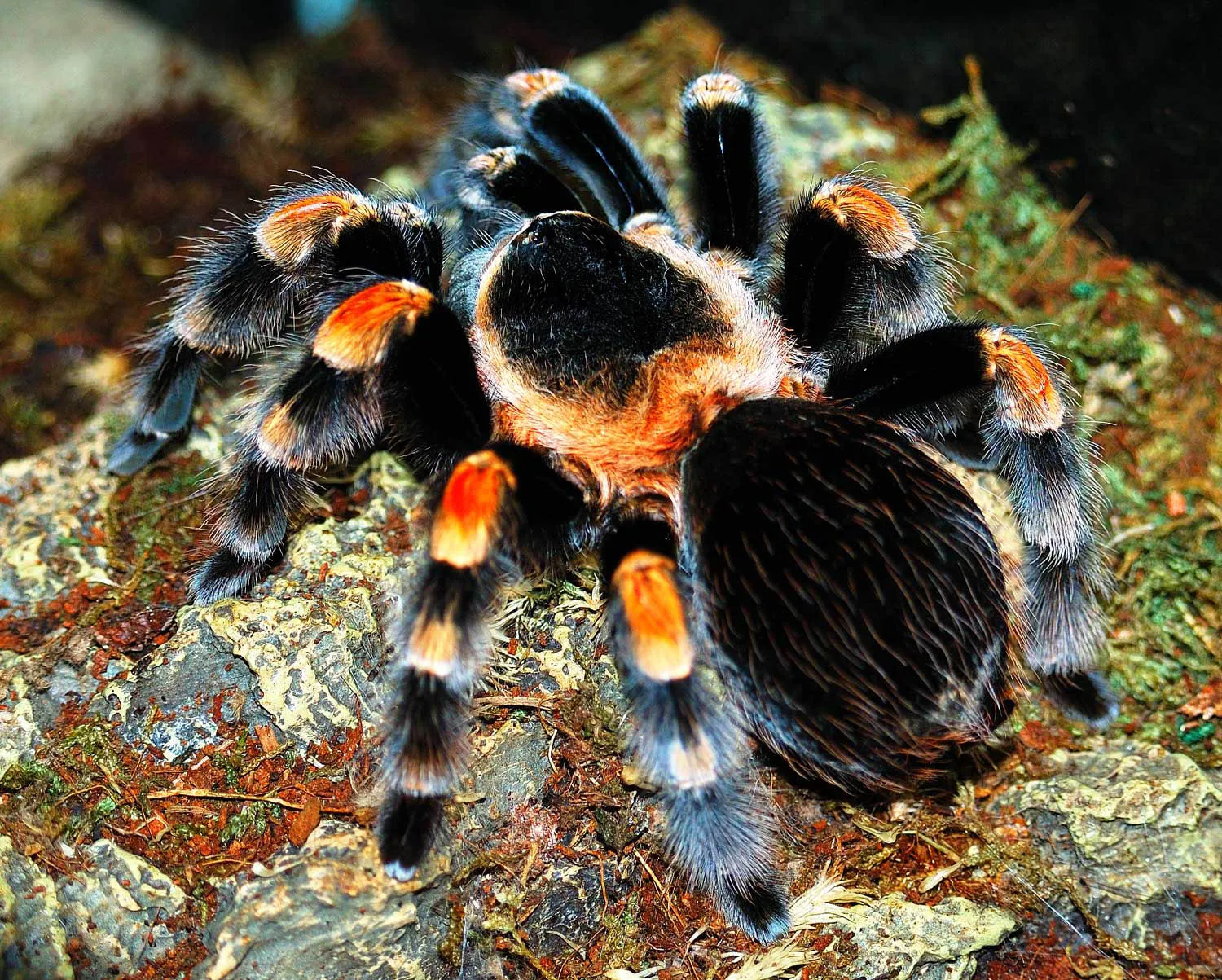
Minimizing disturbances is key to a stress-free environment for your tarantula. Place the enclosure in a quiet area away from high-traffic zones, loud noises, and direct sunlight. Avoid sudden movements or vibrations near the enclosure, as these can startle the tarantula. Ensure that the tarantula has privacy and a sense of security. Allow the tarantula to settle into its environment and avoid unnecessary interactions, especially during molting or after feeding. Providing a calm and predictable environment reduces stress. Creating a stable environment is not only beneficial for the tarantula’s mental state but also contributes to its physical health. Limiting disturbances supports the tarantula’s well-being and helps prevent defensive behaviors, such as hair flicking.
Recognizing and Responding to Hair Flicking
Recognizing and responding appropriately to hair flicking is crucial for effective tarantula care. Promptly identifying and addressing the causes of hair flicking allows you to adjust the environment and care practices, which prevents escalation. Understanding how to react to this behavior ensures both the safety of the tarantula and the handler. By taking immediate action, owners can mitigate potential issues and create a more positive environment.
Immediate Actions
If your Mexican Red Knee Tarantula starts flicking hairs, the immediate actions should focus on removing the perceived threat and reducing stress. First, step back and avoid any sudden movements or loud noises that might be agitating the tarantula. Observe the situation from a distance to assess the cause of the distress. If you have been handling the tarantula, gently place it back in its enclosure, if safe to do so, and allow it to retreat to its hide. If the tarantula is reacting to something within the enclosure, such as a potential prey item or a sudden environmental change, carefully remove the irritant, again being cautious not to cause further stress. The key is to remain calm and patient. Observe the tarantula’s behavior and make necessary adjustments to its environment. These quick actions can often help prevent the situation from escalating and provide comfort to the tarantula.
Long-Term Solutions
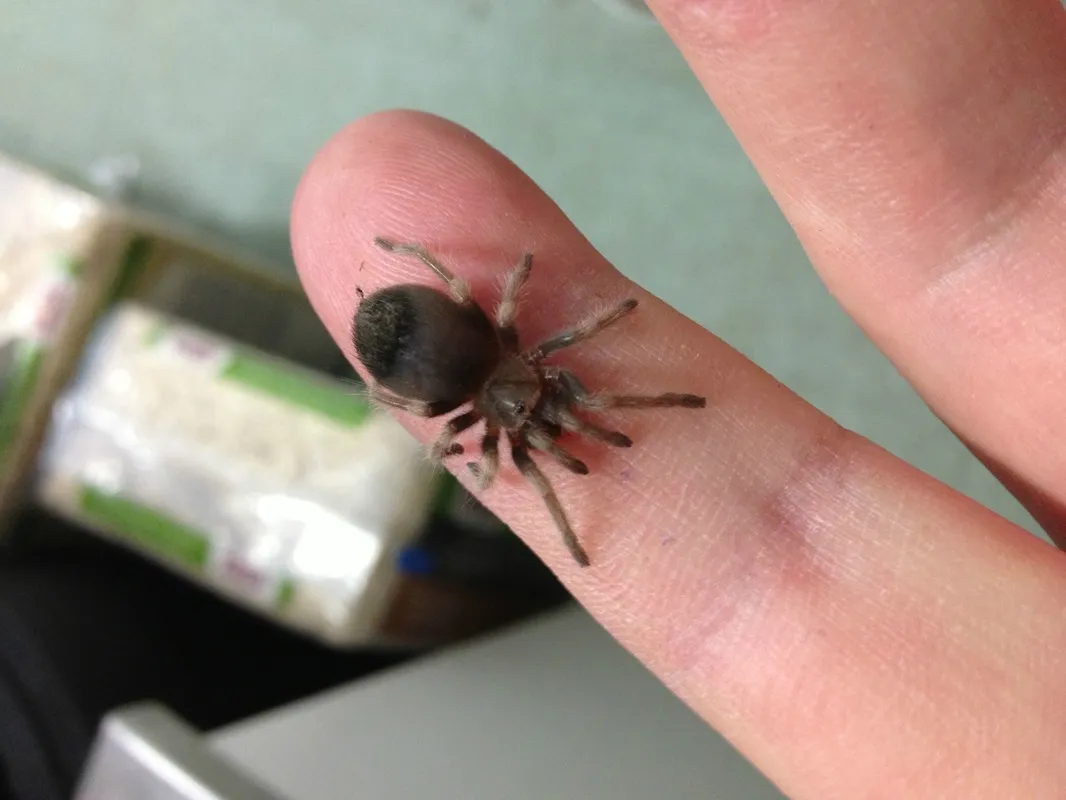
Long-term solutions involve addressing the root causes of the hair flicking and making sustainable changes to the tarantula’s environment and care routine. First, carefully inspect the enclosure. Check the temperature and humidity levels to ensure they are within the appropriate ranges. Review the enclosure setup, ensuring the presence of a hide, a proper substrate, and adequate space. Reassess your handling practices. Minimize handling unless absolutely necessary and ensure all interactions are slow and deliberate. Implement changes gradually and monitor the tarantula’s behavior. Keep a log of the changes you make and the tarantula’s response to identify any patterns. These adjustments, combined with consistent monitoring, will lead to a more stable and comfortable environment for your tarantula.
When to Consult a Specialist
If hair flicking persists despite your best efforts to improve the environment and care practices, it is time to consult a specialist. If you have tried to address the issues yourself and the behavior does not subside, seeking professional advice is highly recommended. A veterinarian specializing in exotic animals or a knowledgeable tarantula breeder can provide additional insights and guidance. They can assess the situation and provide specific advice tailored to your tarantula’s needs. A specialist can help identify any underlying health issues, provide recommendations for habitat improvements, and offer advice on handling techniques. Consulting an expert ensures your tarantula receives the best possible care and can help resolve persistent issues. This can often lead to a better quality of life for the tarantula and peace of mind for the owner.
In conclusion, understanding and addressing hair flicking in Mexican Red Knee Tarantulas is essential for responsible pet ownership. By recognizing the triggers, implementing preventative measures, and taking appropriate actions, you can create a safe, comfortable, and stress-free environment. Prioritizing the tarantula’s well-being and fostering a positive environment is key to ensuring a happy and healthy pet. Remember that patience, observation, and a commitment to providing the best possible care are vital to a successful and rewarding experience with your Mexican Red Knee Tarantula.
